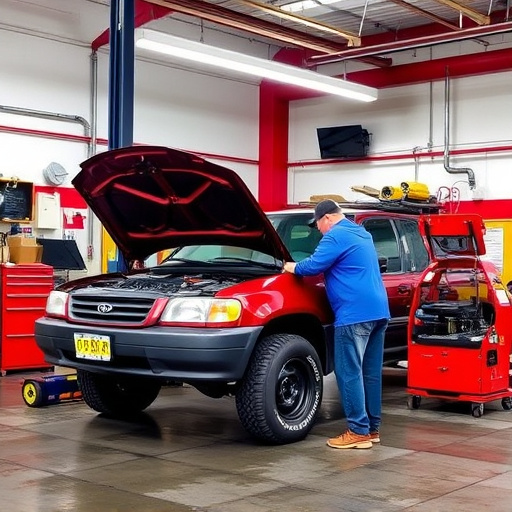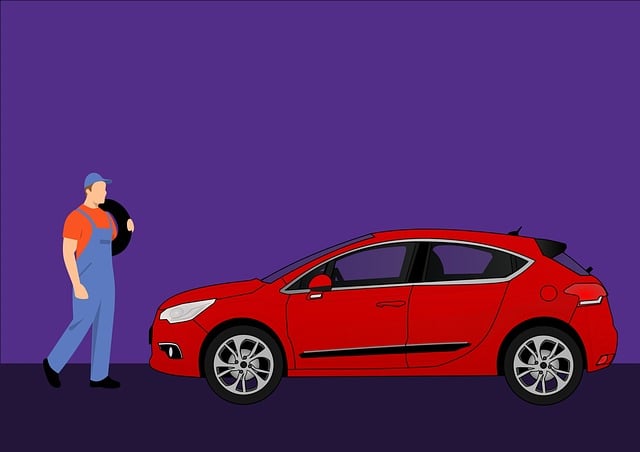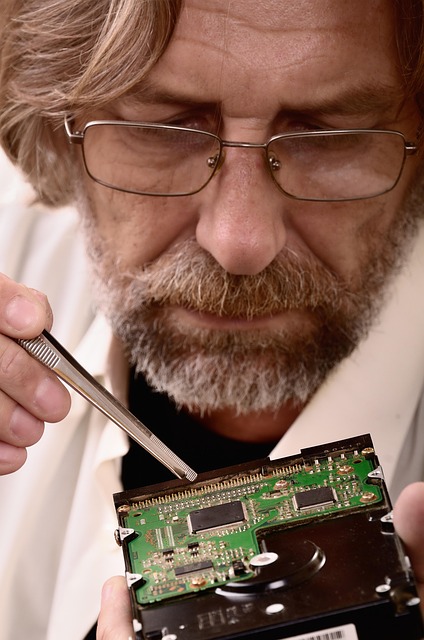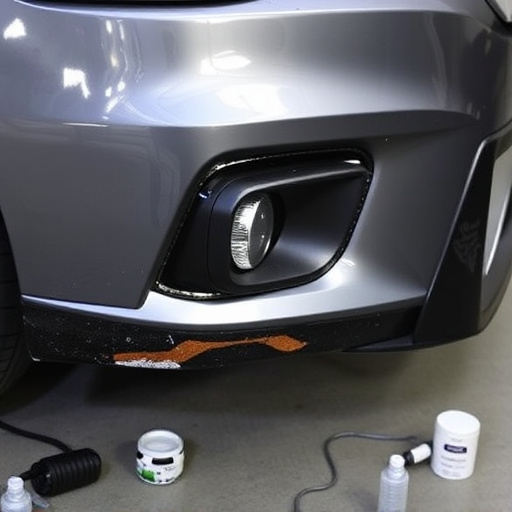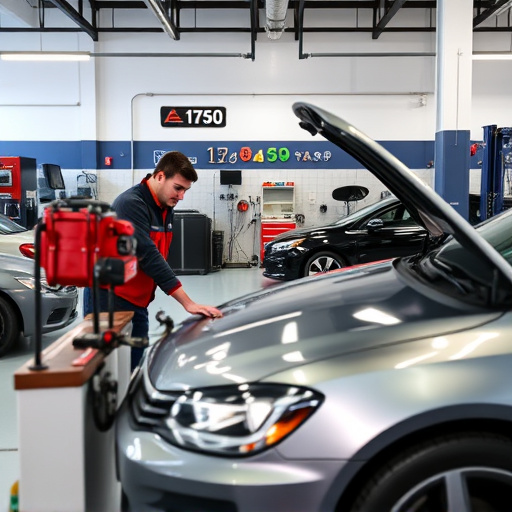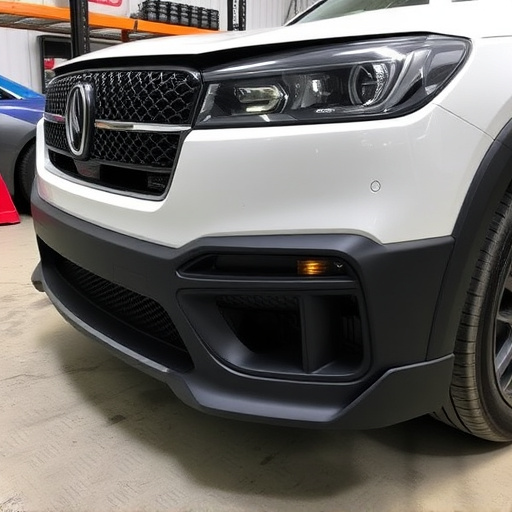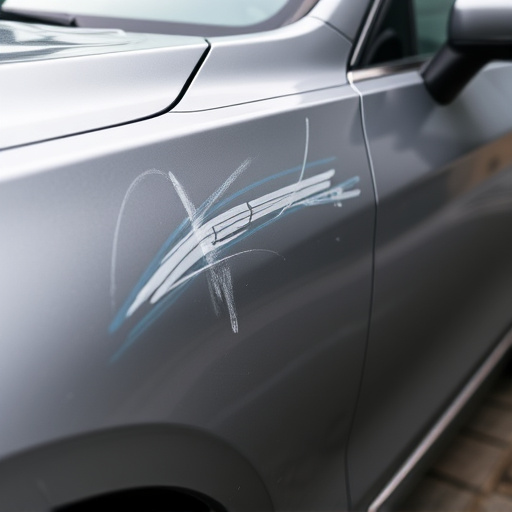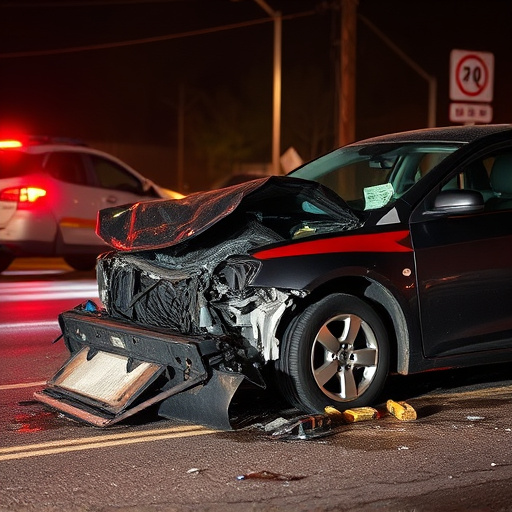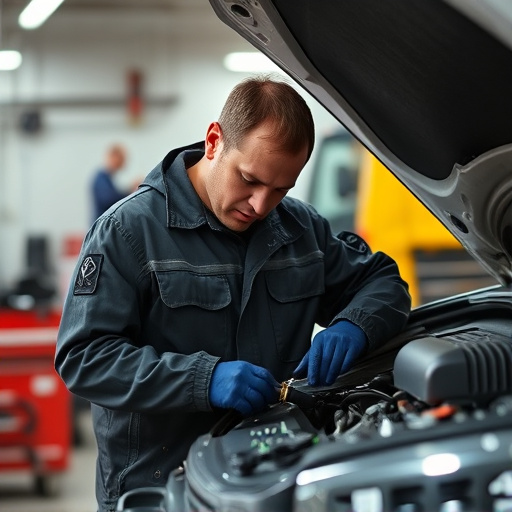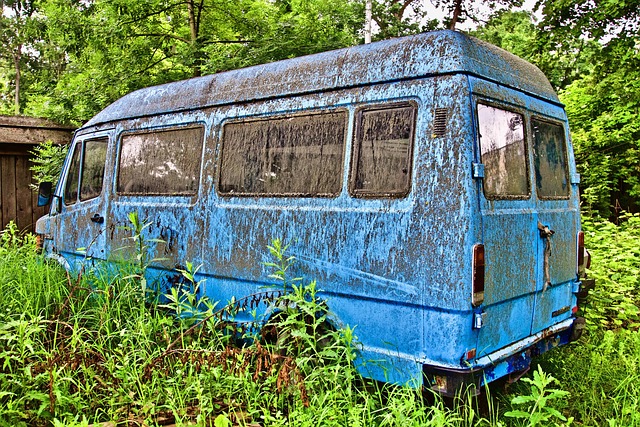Driveshaft collision repair is a specialized process crucial for vehicles with rear-wheel or all-wheel drive systems, addressing power transmission from engine to wheels. Common causes include accidents and regular wear. Understanding these factors aids in navigating insurance claims, ensuring comprehensive solutions. The process begins by contacting insurers who assign claim numbers, guide repairs, and collaborate with collision centers. Effective communication between policyholders, insurers, and workshops streamlines claims, minimizes vehicle downtime, and ensures successful driveshaft collision repair.
“In the event of a driveshaft crash, proper insurance coverage and effective claim navigation are essential for efficient repairs. This comprehensive guide addresses critical aspects of driveshaft collision repair, offering insights into understanding the basics and common causes. We explore various insurance coverage options and streamline procedures to ensure optimal outcomes. Additionally, practical tips on communication with insurers and workshops empower vehicle owners to maximize their repair experiences. Learn how to navigate the process smoothly and efficiently.”
- Understanding Driveshaft Crash Repairs: The Basics and Common Causes
- Navigating Insurance Claims: Coverage Options and Procedures for Driveshaft Repairs
- Maximizing Repair Outcomes: Tips for Effective Communication with Insurers and Workshops
Understanding Driveshaft Crash Repairs: The Basics and Common Causes
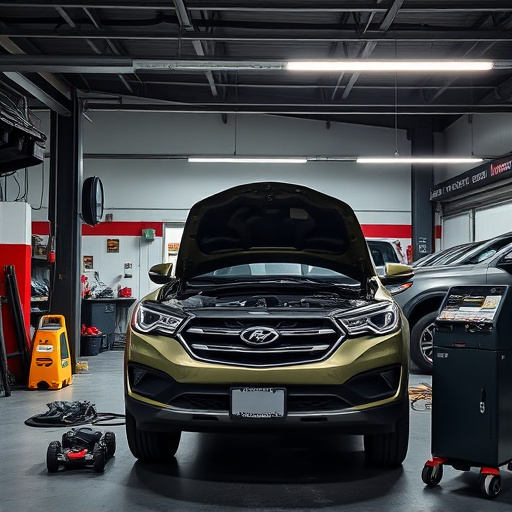
Driveshaft collision repair involves the intricate process of fixing or replacing the driveshaft within a vehicle, which is responsible for transmitting power from the engine to the wheels. This component is crucial for a car’s smooth and efficient operation, especially in vehicles with rear-wheel drive or all-wheel drive systems. Understanding common causes of driveshaft damage is essential for both drivers and auto body repair professionals.
While accidents are a significant cause, leading to impact or twisting forces that can sever or bend the driveshaft, other factors contribute to its deterioration over time. Regular wear and tear, especially in vehicles with high mileage, can result in cracks or fractures. Additionally, manufacturing defects or poor maintenance practices may lead to premature failure. Recognizing these basic concepts of driveshaft crash repairs is vital for effectively navigating the insurance claims process and ensuring comprehensive auto body repair or auto frame repair solutions.
Navigating Insurance Claims: Coverage Options and Procedures for Driveshaft Repairs
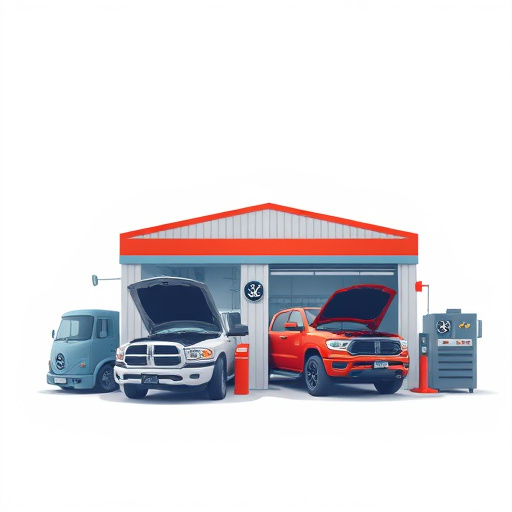
Navigating Insurance Claims for Driveshaft Collision Repair can be a complex process, but understanding your coverage options and procedures is essential to ensure a smooth recovery. The first step is to contact your insurance provider immediately after the accident. They will guide you through the claims process and help determine the scope of your driveshaft collision repair needs. It’s important to remember that different policies have varying levels of coverage for parts and labor, so reviewing your policy details is crucial.
Once you’ve reported the incident, your insurer will assign a claim number. This serves as a reference point for all related communication and documentation. Your local collision center or car body repair shop can then estimate the cost of repairs, including driveshaft replacement or repair. They will work with your insurance company to ensure that all necessary steps are taken, from filing the claim to coordinating with mechanics for the actual car body restoration.
Maximizing Repair Outcomes: Tips for Effective Communication with Insurers and Workshops
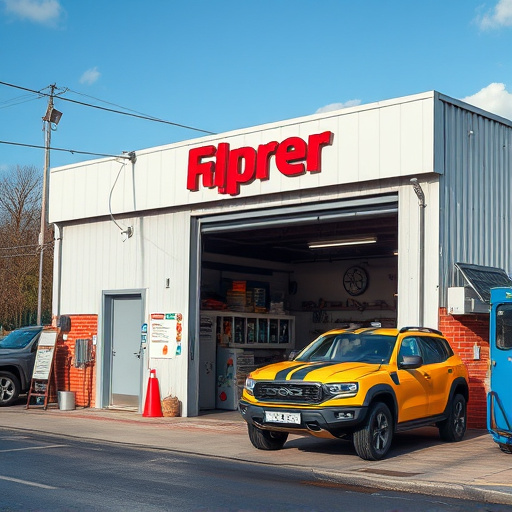
Effective communication is key to maximizing repair outcomes for driveshaft collision repairs. When dealing with insurers and workshops, ensure clear and concise conversations. Explain the extent of damage clearly, providing detailed information about the car’s condition post-crash. This includes documenting any visible car damage repair needs—from bumper repair to more intricate driveshaft replacement.
Engage actively with your insurance provider, asking questions about their process and understanding their expectations. Efficient communication ensures a smoother journey through the claims process, leading to faster auto body repair and reduced downtime for your vehicle. Remember, clear lines of communication between policyholders, insurers, and workshops are vital in achieving favorable outcomes for all parties involved in driveshaft collision repair.
When dealing with driveshaft collision repair, understanding your insurance coverage and effective communication with insurers and workshops are key to maximizing repair outcomes. By familiarizing yourself with the basics of driveshaft crashes, navigating insurance claims procedures, and employing strategic tips for collaboration, you can ensure a smoother process and restore your vehicle to safe, reliable operation.
